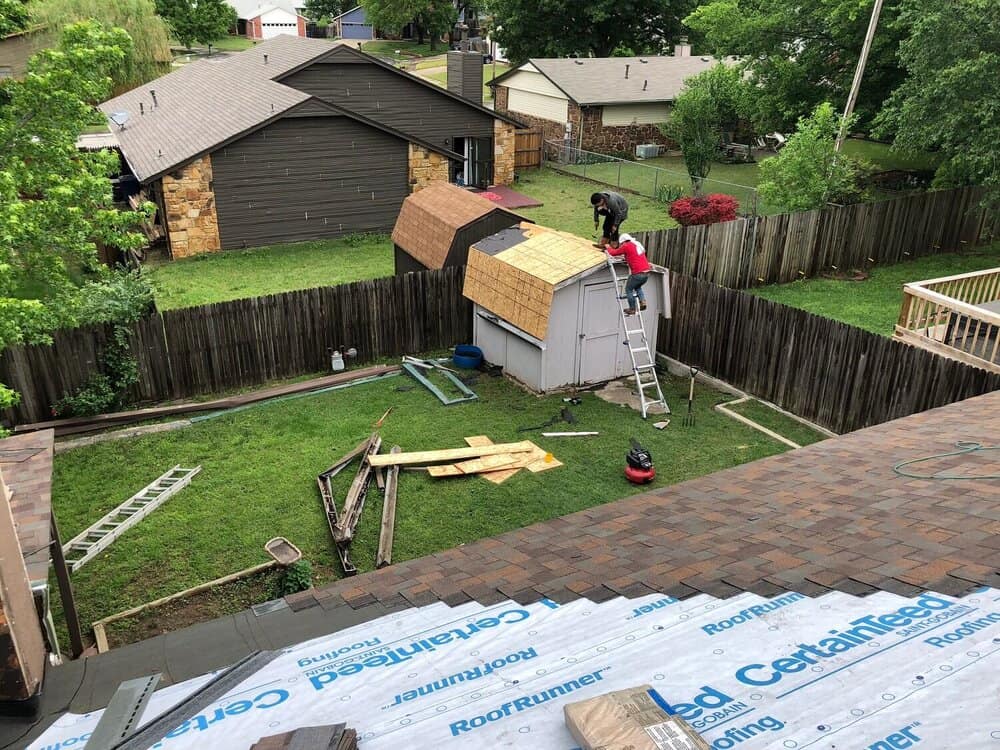
What Are The Components of a Roof? Their Descriptions And Purposes
There are many components of a roof. We are constantly asked, “What do I need on my roof?”
Here is the list of the components of a roof:
- Drip edge
- Ice and water shield
- Synthetic felt
- Starter shingles
- Field shingles
- Step flashing
- Cold and hot flashing
- Roof vents
- Ridge cap
Let’s take a closer look at each one to find out what exactly it is and why you need it on your roof.
Drip edge —Drip edge gets installed along the entire perimeter of the roof. This would include where gutters are installed as well as the rake boards. Anywhere there is wood or trim metal along the edges, a drip edge should be installed.
Its Purpose—Drip edge has a couple of functions. The first is to protect the edges of the roof from water damage. The second is to prevent wind from getting underneath the shingles at the edges of the roof.
Ice and Water Shield—Ice and water shield is an interesting and important product. Depending on if you live in a northern or southern state will determine where it’s installed. In states like Michigan or Wisconsin, ice and water shields are required to be installed on all eaves and valleys. In warmer states such as Oklahoma, ice and water will be installed mostly in the valleys depending on the pitch of the roof.
Its Purpose—The ice and water main’s purpose is to prevent water from backing up underneath the shingles. Ice and water shield has super sticky backing. When the hot summer sun heats it, this product will stick to anything. Installing this product in the eaves and valleys will prevent water from backing up from snow and ice.
Synthetic Felt—This might be a new term for many. Synthetic felt has replaced an old product known as tar paper. I would love to be able to describe what synthetic felt is made of, but I have no clue what a lightweight synthetic polymer means. Lol! All I know is that it’s a superior product compared to tar paper. Synthetic felt is incredibly durable and tough.
Its Purpose—Synthetic felt covers the entire roof deck that ice and water don’t cover. Synthetic felt is designed as a water-resistant layer beneath shingles.
Starter Shingles—Starter shingles, like their name suggests, get installed first. Starter, just like a drip edge, is installed around the entire perimeter of the roof.
Their Purpose—Starter shingles come in pre-cut packages. The starter has a tar strip on one edge. That tar strip seals the field shingle all along the edges of the roof. Starter also protects the seam of the first course of field shingles.
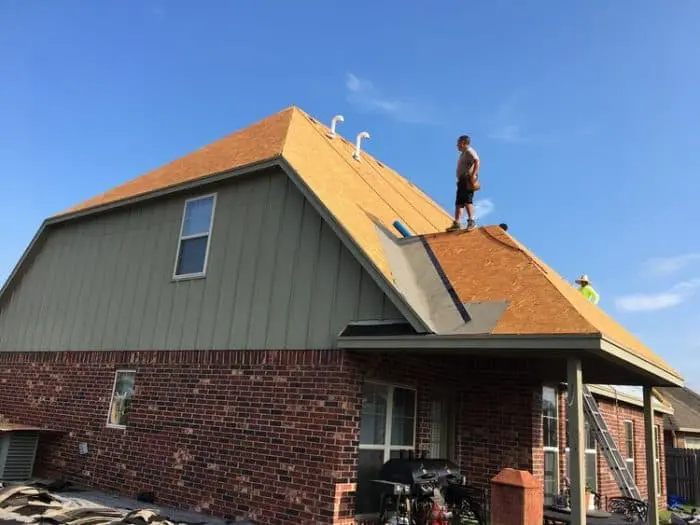
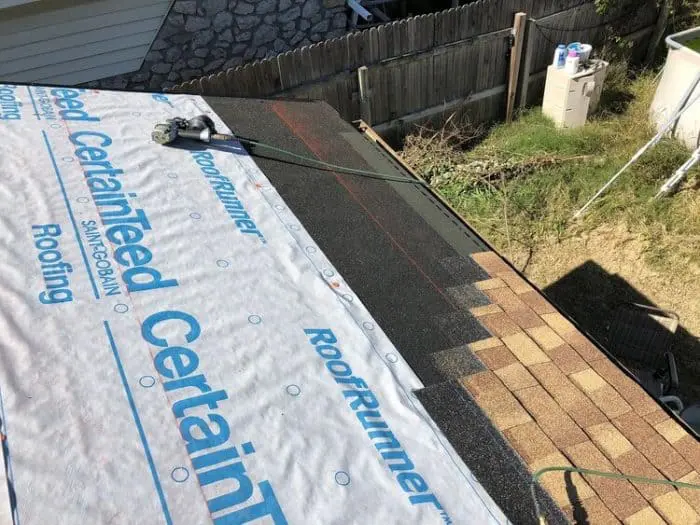
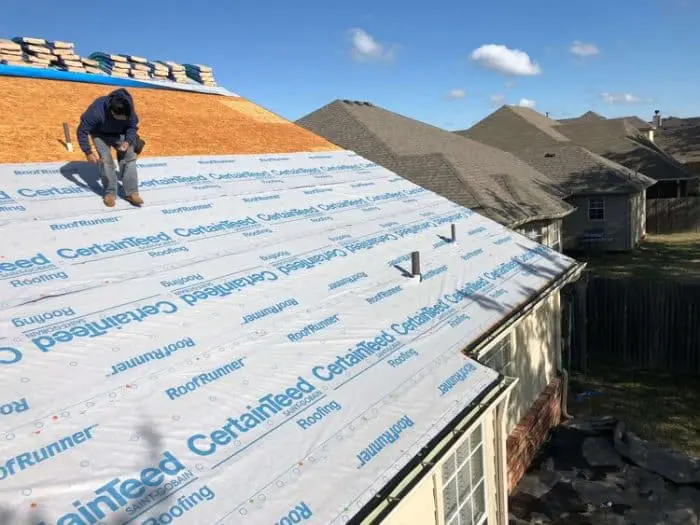
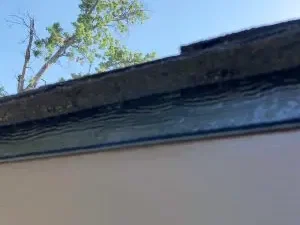
Field Shingles—Field shingles are better known as shingles. There are many different styles and colors to choose from.
Their Purpose—The purpose of shingles is to handle all the outside elements like wind, rain, snow, and sleet. Shingles are made to shed water off the roof.
Step flashing—Step flashing is installed where any roof line meets a wall, chimney, or dormer. Step flashing is an 8”x8” piece of metal that slips under each shingle and is installed behind wood or vinyl siding or chimney metal.
Its Purpose—Step flashing prevents water from getting in the house where a roof line meets any kind of breakpoint such as walls that meet a roof line or chimneys that meet up with a roof line.
Hot and Cold Pipe Flashing—Let’s start with cold flashing also known as pipe jacks. Pipe jacks are plastic or cast-iron pipes that go through the roof line. These pipes connect to the sewer lines. Pipe jacks allow air to rise as water goes out of the sewer. Hot pipe flashing refers to furnaces or hot water tank flues that allow gases to go up through the roof.
Their Purpose—Hot and cold-water flashing is made to fit over both styles of pipes that go through the roof. They seal around the pipes, and shingles surround the bottom base of the flange for a good seal. These flashings prevent water from entering the house through the pipes.
Roof vents—Roof vents are always installed at the very top of the roof. They can vary in size and style. The three styles include box, turbine, and ridge vent. Each has its pros and cons. The style of your roof will determine which is the best vent to use.
Their Purpose—The main function of roof vents is to have airflow in the attic. In the summertime, it lets heat escape. In the winter months, roof vents move harmful moisture out of the attic. Vents are the most important part of the roofing system.
Ridge cap—The ridge cap is the last remaining component of a roof. As with shingles, there are many to choose from. They range in thickness, design, and color patterns.
Its Purpose—The ridge cap is the final detail of a roof. Anywhere two roof lines come together at the top of the roof is where the ridge cap would be installed. The ridge cap prevents water from seeping in at the top of the roof.
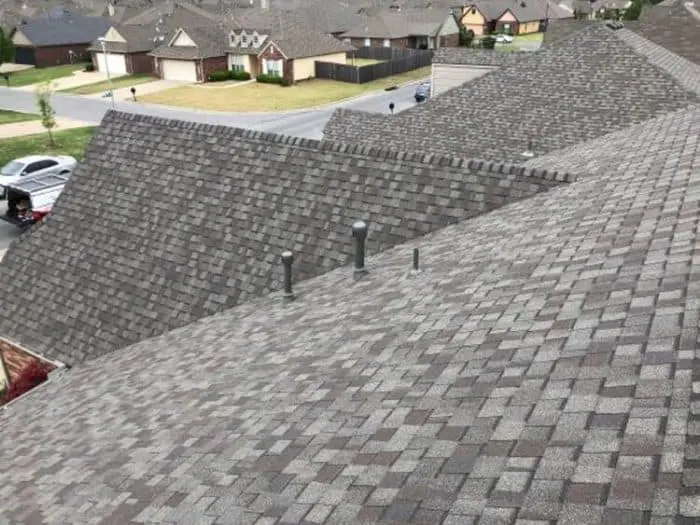
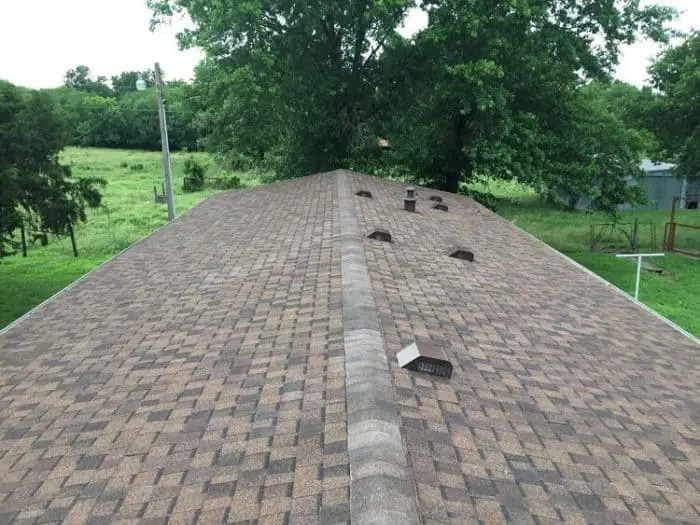


We hope this article has given you clarity on the items needed for a roof and why each is important. If you have further questions, don’t hesitate to contact us. We’re here to help you!

Yo, jili1bet is straight fire! Some crazy unique games and the payouts are pretty sweet. Definitely worth checking if you are looking for something a bit different. Hit that up here: jili1bet
If you’re into the old-school stuff, classicslots777 is worth checking out. Reminds me of the good ol’ days! Might not blow your mind, but it’s a decent place to kill some time.
Downloaded the Goal11App recently, and I’m not gonna lie, it’s pretty decent. Smooth performance, doesn’t chug my battery. Give it a go, eh? Find it at goal11app
Mocha777, alright! Feels like a real casino. Had some decent wins. Give mocha777 a shot if you are looking for adrenaline.
Thanks for sharing. I read many of your blog posts, cool, your blog is very good. https://www.binance.info/pt-PT/register?ref=KDN7HDOR